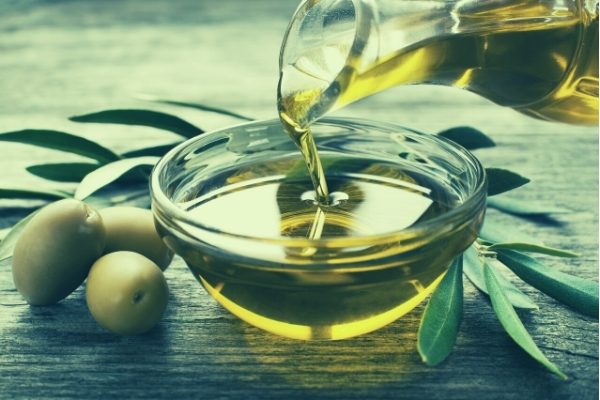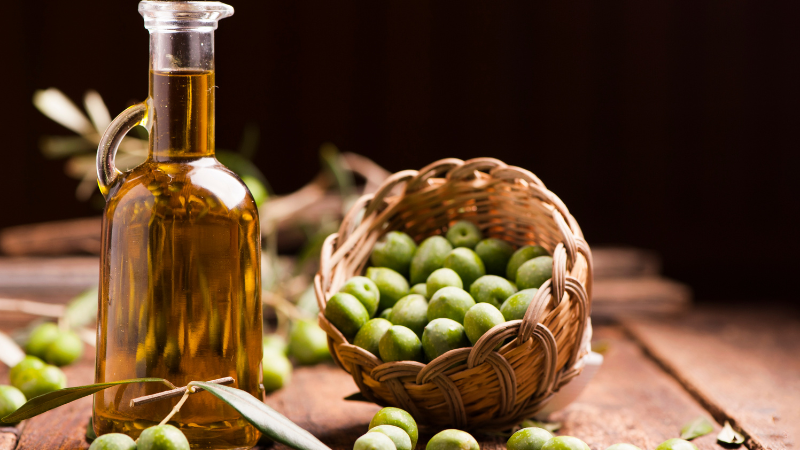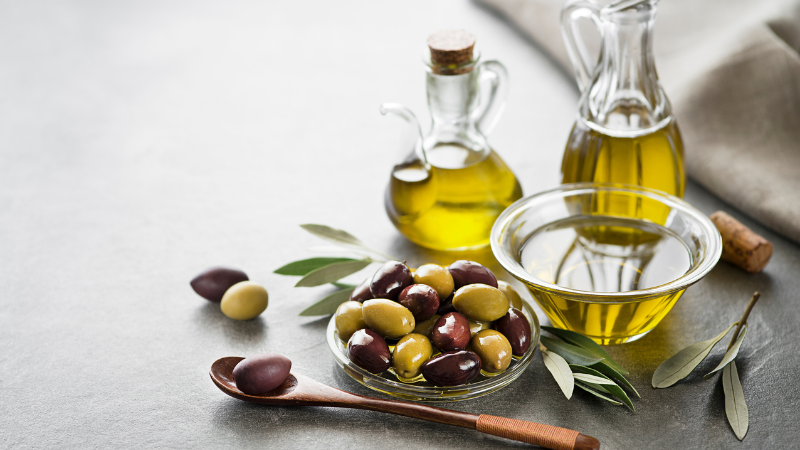Olive Oil Types – Buying Guide (What to Look For)
Of all the countries that produce olive oil, Greece is one of the top three. Not only that but for many experts and connoisseurs, Greek olive oil is considered the very best. But what types of olive oil are best and what should you look for when buying?
It’s important to note, that not all olive oil, and in this case olive oil from Greece, are created equally.
If you truly want to find the best olive oil, you need to know what you should be looking for besides a label that says Greek olive oil.
That’s what we are going to discuss in the following post.
Understanding Olive Oil Grades
The first thing you need to understand when looking at olive oil is the different grades it is classified into.
Greek Extra Virgin Olive Oil
Greek extra virgin olive oil is an oil of outstanding taste, aroma, and quality. It is derived from the very first pressing of olives. That’s where the name “virgin” comes from.
It should also be cold-pressed and you may see this on the label, so it’s worth checking for it.
During the processing, no hot water or chemicals is added, and its acidity levels should be lower than 0.8%.
You can also find organic extra virgin olive oil <– among our award-winning olive oils.
Virgin Olive Oil
Virgin olive oil, just like the extra virgin variety also comes from that initial pressing.
The taste and aroma are fine, but it tends to have almost 2% acidity levels, so it is not nearly as smooth or mild.
Pure Olive Oil
The next lower grade after the above two is what is often known as Pure Olive Oil.
It’s vital to understand that the pure part does not mean in the traditional sense that it’s pure, as it’s a mixture of refined oils and virgin oil.
A great advantage to having this olive oil is that it is ideal for some styles of cooking due to its ability to withstand high temperatures.
Olive Pomace Oil
The quality is very poor and consists of virgin olive oil and olive residue.
Olive Oil Buying Guide and What to Look For
There are some things you should look for when buying olive oil to ensure you are getting the best quality olive oil. Look for the following things:
Clarity and Colour
The factors that are not important when choosing olive oil are just as interesting as those that are vital.
For instance, clarity, and whether the oil is transparent and clear or cloudy is not an indication of poor quality.
Neither is the colour. The Colour of oil simply tells you when the olives were harvested. For example,
- Golden yellow coloured olive oil has been made with olives that are allowed to ripen for a long time
- Green olive oil is normally made from green olives, those that have been harvested before they have ripened.
Smell and Taste
If only there were an option where you could open the bottle or container and take a quick sip or sniff the olive oil before buying. But, alas, you can’t.
However, there are many ways you can tell if the olive oil is good quality or not by its smell and test when you take it home.
If olive oil has a bad smell, you should not use it. Oxidation may be the cause of the rancidity and the bad smell.
Interestingly, when it comes to taste, personal preference plays a major part in whether one is nice tasting or not.
While one with a sharp or even bitter taste means the olives were harvested before they were ripe, one with a fruity and mild taste is one made from olives that were fully ripened.
Important Note About Acidity Levels
You need to be aware of the acidity levels of olive oils you are buying.
According to the International Olive Council, olive oils that are designated as being suitable for human consumption can have an acidity of as much as 3.3%.
However, that doesn’t mean it will be nice to use in cooking or over your favourite salads and other dishes.
For good quality that tastes and smells good too, you should look for one that has acidity levels well below 1%.
When you are buying an extra virgin, you should be aiming for even lower still.
Always Read the Label Carefully
If you are looking for the best quality, you need to check the label. If you are looking for extra virgin olive oil, it should be marked on the label with an acidity level of less than 0.8%.
There should also be an indication of the region or area it was produced – i.e. somewhere in Greece.
Final Word on Olive Oil Quality
Quality of olive oils and even extra virgin olive oils can be highly variable as this study shows, but hopefully this post have given you some important things to look for when sourcing a quality olive oil.
Iliada takes the utmost care in our olive oil production and have won multiple awards for taste and quality. See our store for our range of extra virgin olive oils -> BUY OLIVE OIL



